History of the Patek Philippe Nautilus, Part 2 – The evolution of a collection (1980/2006)

As the Patek Philippe Nautilus is celebrating this year its 40th anniversary, it was time for two events: the launch of a dedicated collection by the Geneva-based Maison and, for us, it was the perfect moment to bring you a complete retrospective on this icon. Last week was part 1 and, of course, it was entirely focused on the one that started it all; the iconic reference 3700 “Jumbo”. This week, we’ll mainly focus on the evolution of the model into a proper collection, with the introduction of new versions, new sizes and new complications. And that, just before we look at the present collection… but that will come later.
The first part of the history of the Patek Philippe Nautilus (1976-2005), what can be called the vintage editions, before the modern 30th anniversary collection launched in 2006 – click to enlarge
While the Patek Philippe Nautilus can easily be referred to as a 1970s icon – it was launched in 1976 – it can, due to its evolution in the next two decades, be seen as an icon of the 1980s and 1990s as well. Actually, if the ref. 3700 “Jumbo” is nowadays the most collectible edition, the popularity of the Nautilus properly began when Patek started the evolution of the watch (from 1980) and slowly moved to an entire line-up of watches in the mid-1990s. The first model to show the evolution of the Nautilus – a watch that we’re not going to explore here – was the 1980 ladies’ version, reference 4700 – a 27mm case with quartz movement inside. While this is not especially what we can call a luxury sports watch in the vein of the 3700, the following reference, the 3800, has many arguments to convince.
1981 – Nautilus Ref. 3800 – The first evolution of the icon… in mid-size
While the “jumbo” case, with its 42mm diameter, was part of the Nautilus concept as designed by Genta, it seemed that some of the collectors at that time were not yet inclined to buy a watch that large. While still in production, the 3700 has been followed by an extremely close edition, in a smaller case, the Nautilus ref. 3800. Visually, if looked briefly, the mid-size Nautilus was a simple copy-paste of the 3700 “Jumbo”: same overall shape, same bracelet, same dial, same display. However, after a closer inspection, it appears that the Nautilus 3800 has several differences – and some that are not negligible.
The dial of the Patek Philippe Nautilus 3800 shows the same dark blue / black tones than the 3700
The first evolution is of course the size of its case. While the “jumbo” measured a massive (for the 1970s and 1980s) 42mm, the mid-size 3800 was “only” 37.5mm in diameter, much smaller than the first edition for sure, however not a small watch either. The style was retained, with a monobloc case, an added module on top secured by two-ears, an integrated bracelet that tapered to the buckle and the iconic smoothened octagonal bezel. With this watch, Patek Philippe answered critics, by providing a watch that was more in line with its usual luxury and discretion standards.
Regarding the dial, once again the evolution seems timid at first. The standard Patek Philippe Nautilus mid-size, the 3800-1A (steel on steel), had the same dark blue dial with horizontal grooves, the same baton indexes and the same date at 3. However, one important feature had been added: a central second hand. This extra-hand indicates the mechanical evolution of the Nautilus, which started to be powered by an in-house movement with this ref. 3800. Inside was ticking the Calibre 335 SC (for seconde centrale / central second), the result of Patek’s decision to create their own automatic slim movement. Compared to the previous JLC-based movement, the calibre 335 was much more modern, with 29 jewels, a central rotor, a 3Hz frequency and all the Patek delicacies: superior finishing, gold rotor with circular Geneva stripes, Gyromax balance wheel… The Nautilus entered the modern era. However, this movement, probably due to the central second, was slightly thicker than the 28-255 C (at 3.5mm vs. 3.05mm) and just a tiny bit smaller in diameter (27mm vs. 28mm).
The addition of the central second hand might be seen as a simple evolution, however, considering the breaking it does with the initial concept and the fact that it is found in all the following time-and-date references, it has to be mentioned here, in the history of the Patek Philippe Nautilus. For the rest, the Nautilus mid-size ref. 3800 has seen several evolutions, mainly for the choice of colours and materials. Most options were possible: stainless steel with a dark blue dial, stainless steel with a white dial, stainless steel and gold with a gold dial, stainless steel and gold with a dark blue dial, gold with a black dial, gold with a gold dial… But all them sharing the same dial pattern, with horizontal grooves.
Alongside the mid-size Ref. 3800, Patek also launched another watch that same year: the Nautilus 3900, another mid-size versions, more seen as a unisex watch (even advertised as a small men’s version), larger than the 4700, smaller than the 3800, with a 33mm case and a quartz movement. It means that during the 1980s, the Patek Philippe Nautilus was available in 4 sizes (all the 4 editions on the photo below, with the right proportions)
- Ref. 3700, 42mm diameter (jumbo), calibre 28-255 C
- Ref. 3800, 37.5mm diameter (mid-size masculine), calibre 335 SC
- Ref. 3900, 33mm diameter (mid-size unisex), quartz movement
- Ref. 4700, 27mm diameter (small ladies), quartz movement
1996 – Nautilus Ref. 3800 Roman Numerals and the Ref. 5060 – questionable evolutions…
In 1996, Patek Philippe drastically redesigned the dial of the Nautilus 3800 – an here you can see the first attempt of a strong evolution of the model. While using the same case and movement than the traditional 3800, the 1996 edition introduced a brand new dial. No more grooves, the dial was plain, matte and black. No more baton indexes, Patek decided to go for traditional Roman numerals – still filled with luminous paint (sports watch obliged). This version also introduced a rail-road minute track on the edge of the dial. No more baton hands either, the 1996 Ref. 3800 Roman Numerals was using leaf hands. Every aspect of the dial was here removed or updated, creating a breaking with the 20 first years of production.
Today, collectors tend to neglect these versions on the profit of older or more recent versions with the iconic grooved dial. However, at that time, we must say that the Nautilus was not the icon that it was today. These new dials, with Roman numerals, were actually very well accepted by the market. They were a great success and brought attention and renewed interest for the model on its 20th anniversary. Sales were rather high and new clients came in. If the question of the beauty of this Roman numerals’ dial will remain on a personal appreciation, what can be denied it how disruptive it was, compared to the initial concept. It was available in steel on steel bracelet, as well as in two-tone (steel and gold).
Linked to this edition with Roman numerals is another watch, a quite unknown and certainly surprising one – however, we’ll explain later, an extremely important one for Patek. For the first time, Patek Philippe decided to offer the Nautilus on a leather strap instead if the integrated metallic bracelet. While modern version on leather still retain the same central container and the first link of the bracelet of full metallic versions, the Ref. 5060 launched in 1996 had lugs… yes, a Nautilus with lugs! This watch was supposed to be the elegant offer of the collection, with a yellow gold case measuring approximately 35mm. The watch also came without the iconic “ears” of the Nautilus and showed a crown-protection at 3. All together, this watch was far away from the previous watches of the Nautilus collection, and should remind you of another watch by Patek… the Aquanaut.
In fact, the Patek Nautilus ref. 5060, which is now advertised as an Aquanaut by collectors, was a transition from a collection to another. Here we can see the link between the two main sports-watches collection by Patek, with the same octagonal bezel, however with a different case. While maybe not the nicest of them all, the Nautilus 5060 is historically important as being the precursor of the Aquanaut. Later came the steel version of this reference, as a limited edition of around 1000 pieces, with the square pattern on the dial, hallmark of the Aquanaut collection.
1998 – Nautilus Ref. 3710 – the arrival of complications and the comeback of large case
If you pay a close attention to the Nautilus collection, it has only be about time-and-date for more than half of its life. For 22 years the Patek Philippe Nautilus has been a 2 or 3-hand watch with date, nothing less, nothing more. This changed in 1998, with the arrival of the ref. 3710, a watch that both introduced a winding zone indicator AND the comeback of the “jumbo” case, as measuring 42mm.
It has to be reminded that the large ref. 3700 was discontinued since 8 years (in 1990), when ref. 3710 was introduced, meaning that the Nautilus collection was lacking a large watch for quite a long period. The 3710, with its steel case sized at 42mm and its integrated bracelet, sounded like the comeback of “jumbo” watches – and at that time, this was trendy. However, the 3710 was still a rather slim watch, with a 8mm profile (even with complications). This watch followed the same concept as the 3800 Roman Numerals, with the same kind of dial, however the hands were back to the original Genta design (rounded batons). The winding zone indicator (IZR for Indication de Zone de Remontage) was exposed almost at 12 (but not perfectly aligned), something that gave this watch quite a unique charm. Because of this added complication, the logo had to move to 6. The date was retained in a window at 3, with white disc and black numerals.
The Patek Philippe Nautilus 3710 was available in one version only – steel on steel, with black dial (no two-tone, no gold) – even if produced during 8 years. Inside the case was the calibre 330 SC, an evolution of the 335 and the 315, with still 27mm diameter, 29 jewels, gold rotor, power reserve of 38 to 48 hours and 3Hz frequency. The caseback was still closed.
One edition has to be noticed, a unique piece: the “Lucky Thirteen” – which has been sold recently by Phillips for an exceptional price: 254,600 Swiss Francs, while a standard 3710 usually sells for (at least) 10 times less. On the dial, where the 8 should be, there’s a 13 Roman numeral applied. It seems that the original owner was superstitious (13 was lucky for him) and thus he ordered this special dial.
2004 – Nautilus ref. 3711 – the “jumbo” is back… in white gold
This was the watch many collectors were waiting for, as the 3700 was discontinued since 1990 and no time-and-date “Jumbo” was in the collection anymore. However, the Ref. 3711, a watch that could have been the worthy successor of the first Nautilus, was not meant to be this heritage watch. Why? For a single reason: its case’s material. Indeed, the Patek Philippe Nautilus 3711 was only available in white gold (ref. 3711/1G-001) and it was never produced in steel.
This choice of material apart, we can’t denied the beauty of the 3711. First of all, it has the large Nautilus case – meaning a 42mm diameter – and all the historical attributes of the 3700 – the integrated bracelet, the straight ears, the octagonal bezel – and it ads some modernity with a see-through caseback. In fact, this watch can be seen as a transition between the old Nautilus watches (monobloc case, plain caseback) and the modern editions (3-part case, sapphire caseback, rounded ears). The watch was however relatively thick (compared to the rest of the Nautilus collection) at 9.4mm.
Inside the case was the Calibre 315 SC (central second and date) with central gold rotor, Geneva Seal certification, 30 jewels, Gyromax balance beating at 3Hz and adjusted to heat, cold, isochronism and in 5 positions. The dial, on the contrary of many editions, was not dark blue but pitch black, however retaining the horizontal grooves and the applied baton indexes. This watch is rare, first because of the material chosen (white gold), which induced a high retail price, and because of its short production period, as launched in 2004 and discontinued in 2006, when Patek introduced the Ref. 5711. It might explain the relative high price in auctions (over 50,000 Euros)
2005 – Nautilus ref. 3712 – the rare one, with a complex display
Here again, we have a transitional watch, and one that is exceptionally rare, as it was only produced for 1 year: the Patek Philippe Nautilus 3712. After the 3710 and its power reserve indication, Patek brings with the 3712 a very complex, completely unbalanced display that will later become sort of iconic and praised by collectors. Unbalanced it is, however it has an undeniable charm on its dial. The 3712, in steel, with the jumbo case of 42mm, has the transitional case (straight ears, display back but still monobloc architecture). Its dial, like most previous steel Nautilus, is dark blue, with horizontal grooves.
This official image doesn’t show the right color of the dial, which tends to go from black to dark blue in certain light conditions.
The specificity of the Patek Nautilus 3712 is its movement and its display. First of all, it is the first Nautilus to feature the base calibre 240, with micro rotor. Then, it uses a display that Patek had in Calatrava watches for quite some years already, however, it finds a new life in the context of the Nautilus. It shows a power reserve at 10:30, a date and moon at 7 and a small second at 4. Indeed, a strange positioning of the sub-dials, but in the end a watch that felt perfectly executed.
The life of the Patek Philippe Nautilus 3712 has been extremely short, as introduced at Baselworld 2005 and replaced by the 5712 at Baselworld 2006 – a model with the same display but with the new case of the 30th anniversary collection, alongside the 5711, the 5800 and the 5980. This watch is rare and its value has increased to around 45,000 Euros. Estimated production is around 500 pieces.
This Part 3 of the “History of the Patek Philippe Nautilus” is part of a 3-part story:
- Part 1 – The Birth of an Icon, the 3700 (1976/1990)
- Part 2 – the evolution of a model into a collection (1980/2006)
- Part 3 – the modern versions – starting with the 30th anniversary editions in 2006, creating the actual collection
If you want to have further details about specific models of the Nautilus, please look at our previous articles:
- Patek Philippe Nautilus ref. 5980/1A Fully Reviewed
- Introducing review of the Patek Philippe Nautilus ref. 5990/1A Chronograph Travel Time
- Patek Philippe Nautilus ref. 5711/1R Rose Gold and chocolate dial
- Collector Kristian talking about his Patek Philippe Nautilus Chronograph 5980/1A with ultra-rare Tiffany dial
- Collector Kristian talking about his Patek Philippe Nautilus Annual Calendar 5726
- Collector Philipp talking about his Patek Philippe Nautilus 5711
- Introducing article to the Patek Philippe Nautilus 40th anniversary 5711/1P and 5976/1G
Image credits: Matthew Bain, HQ Milton, TimeZone, Sotheby’s and others from several web sources

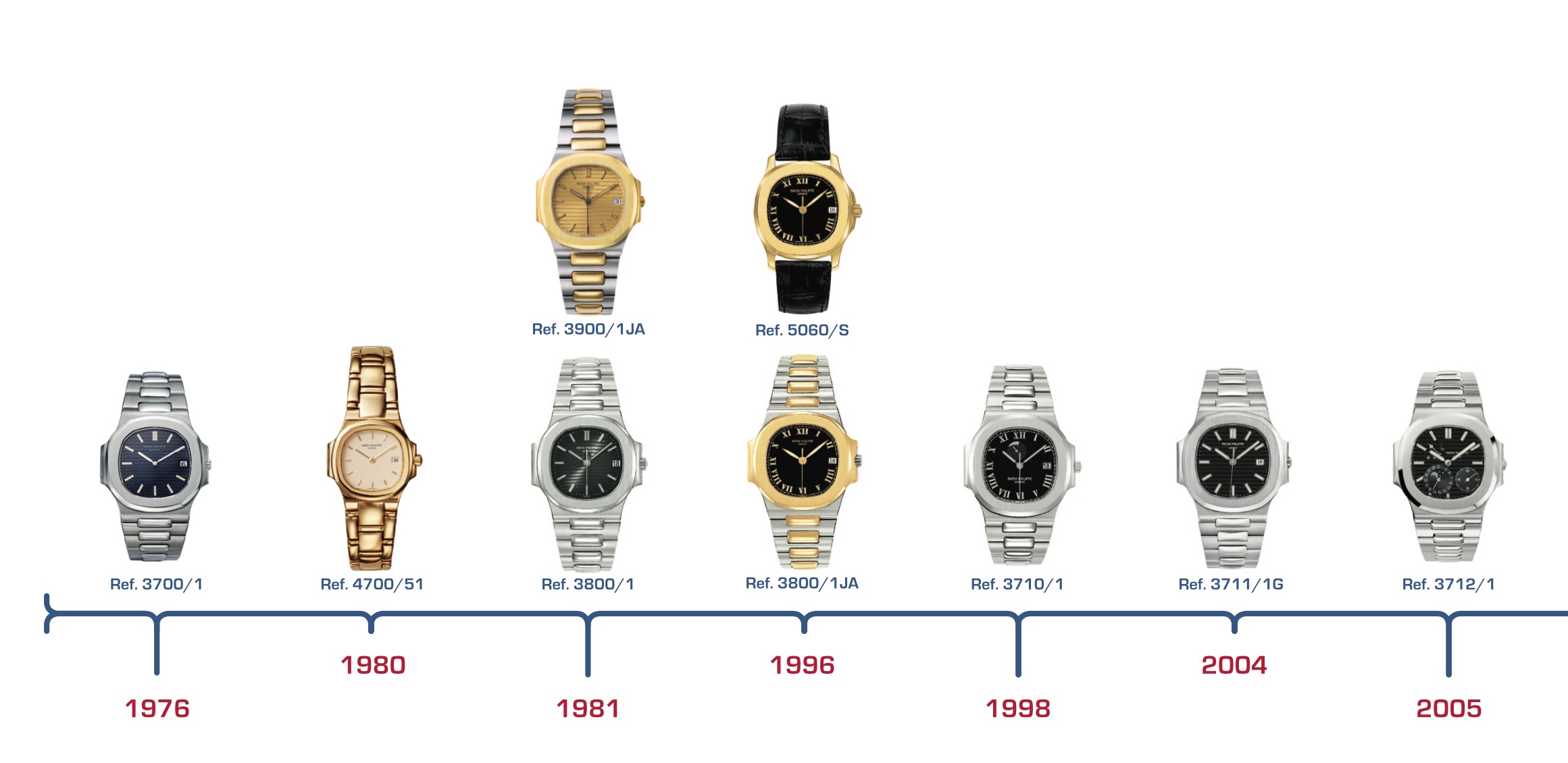

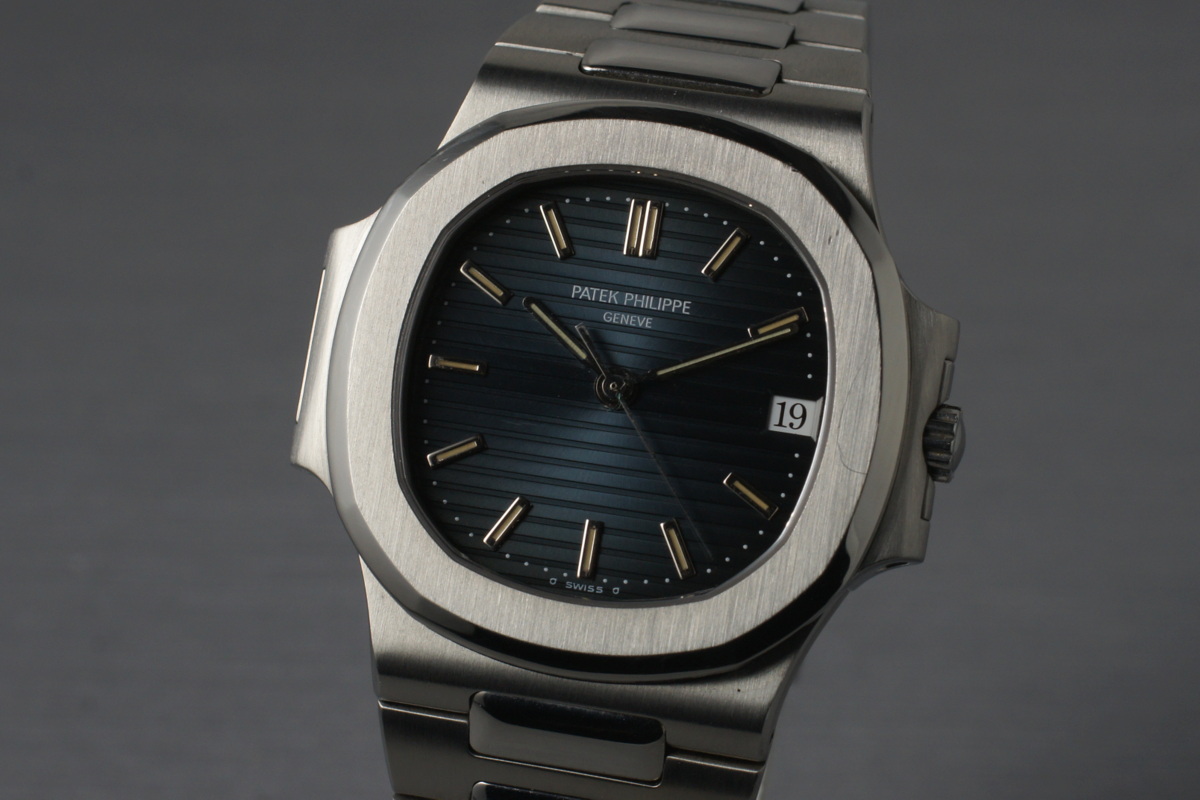
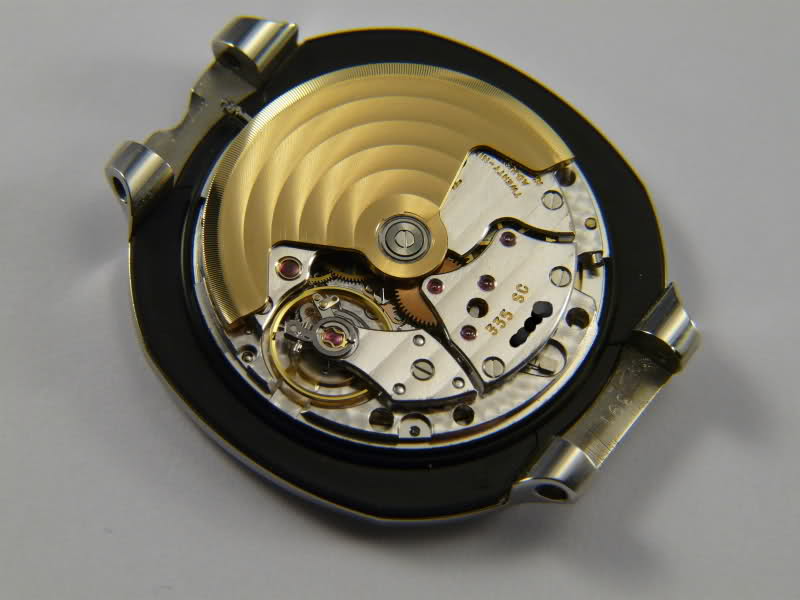

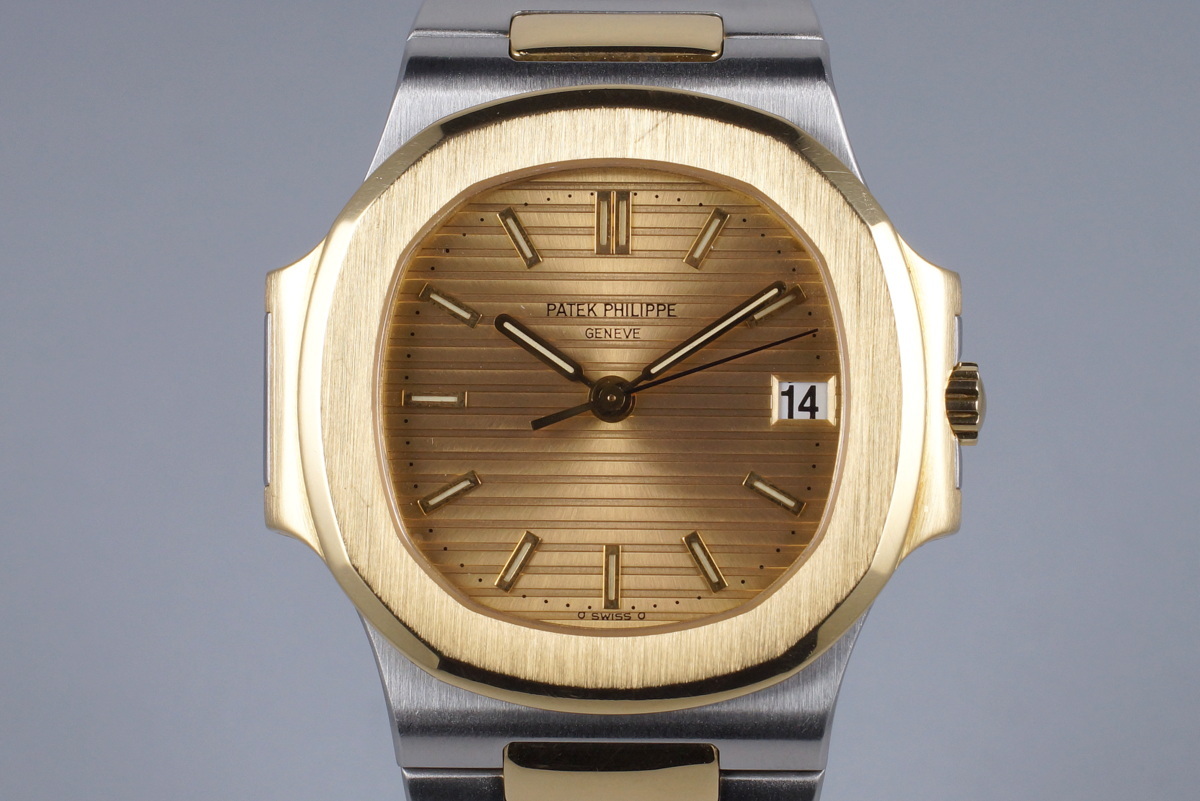
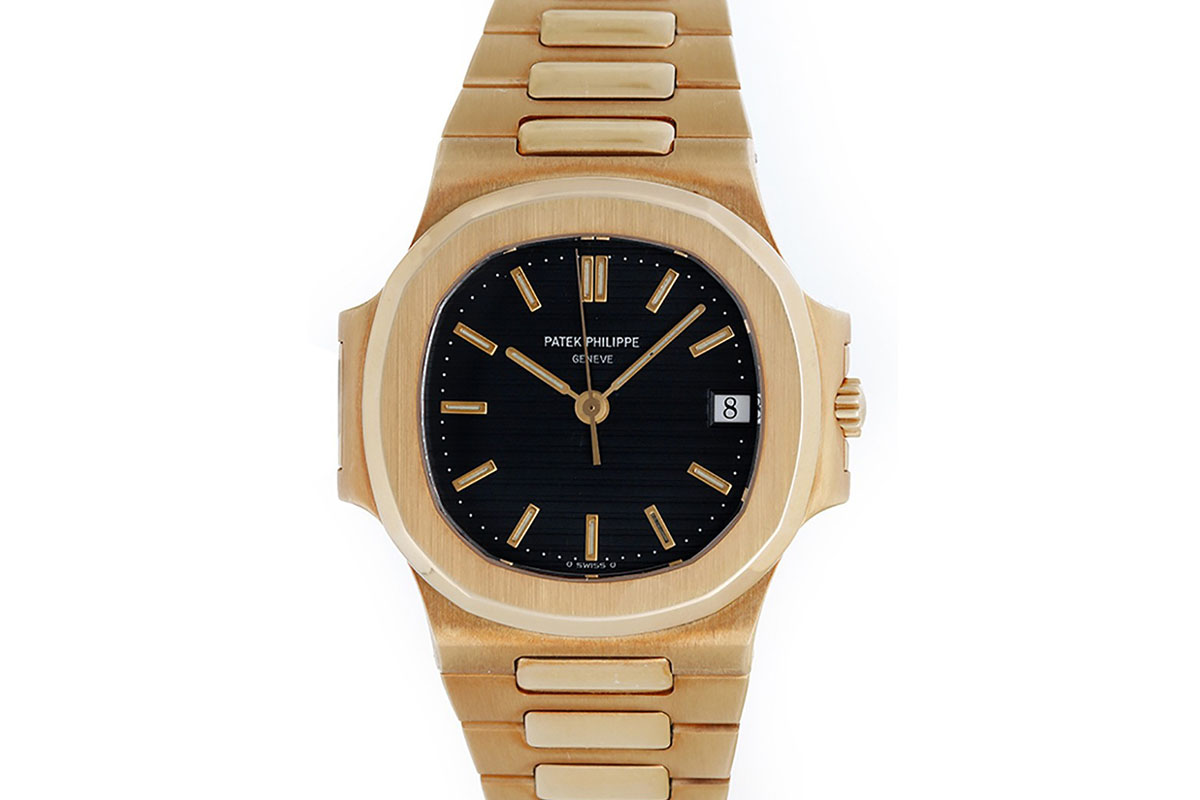
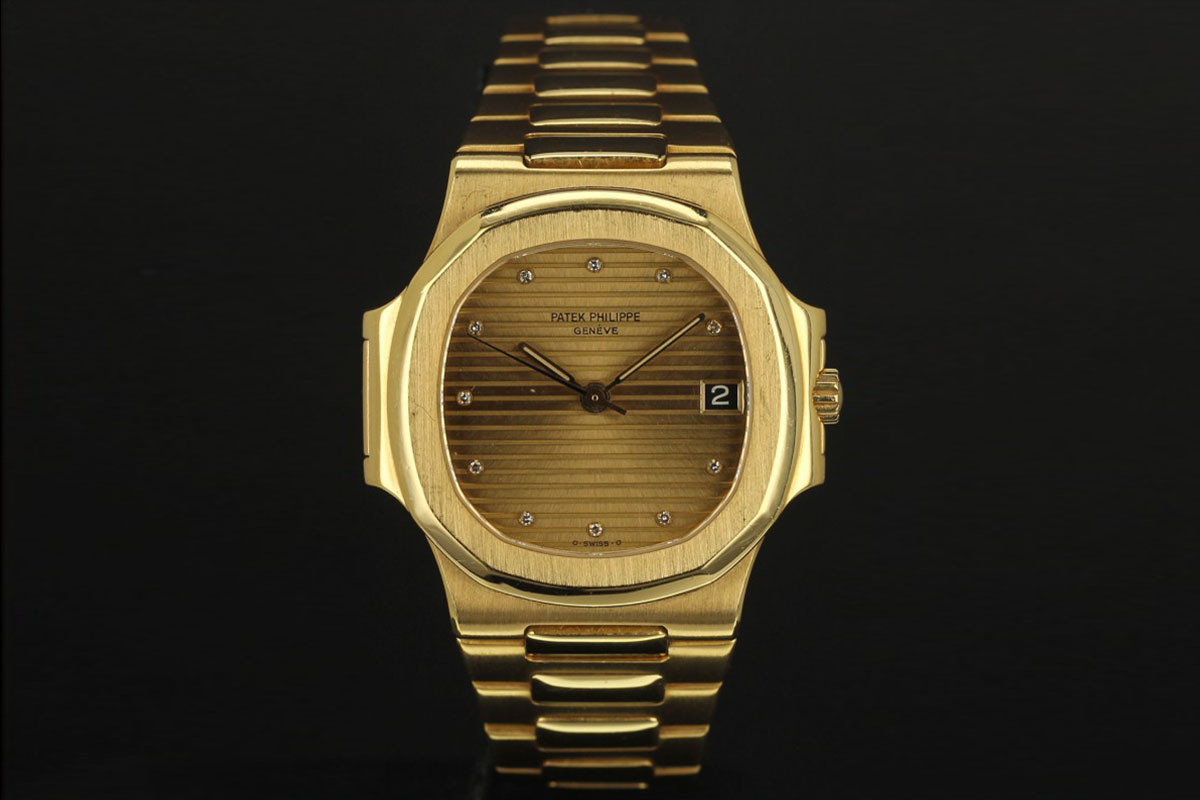
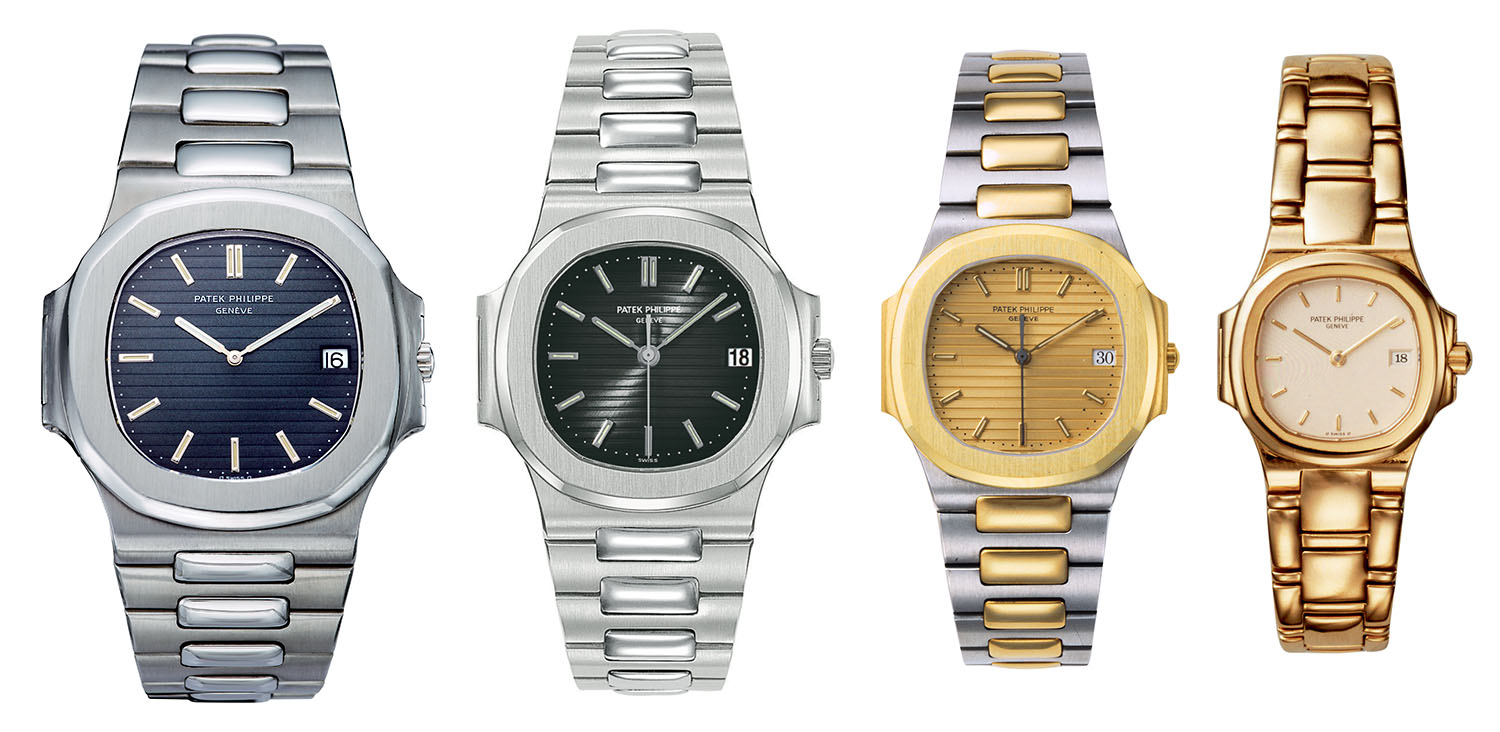
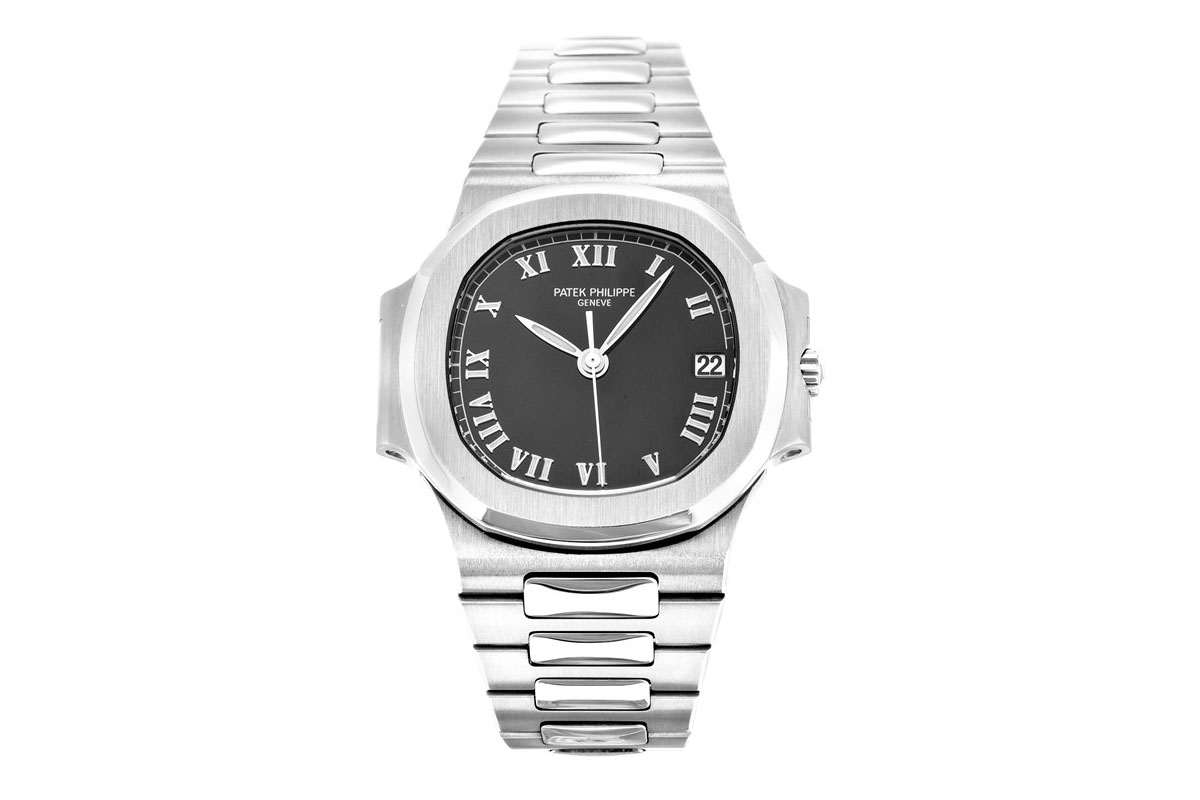
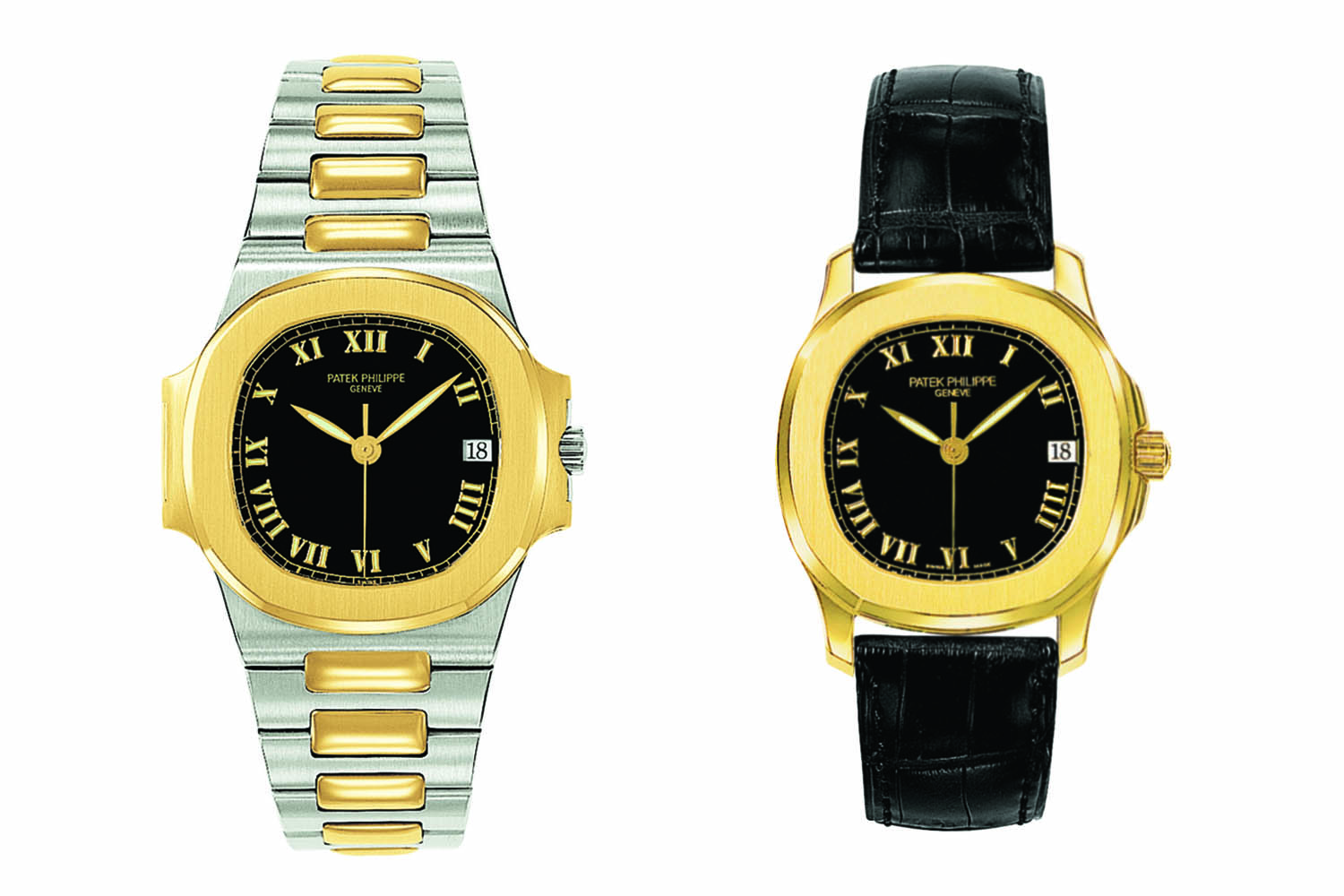

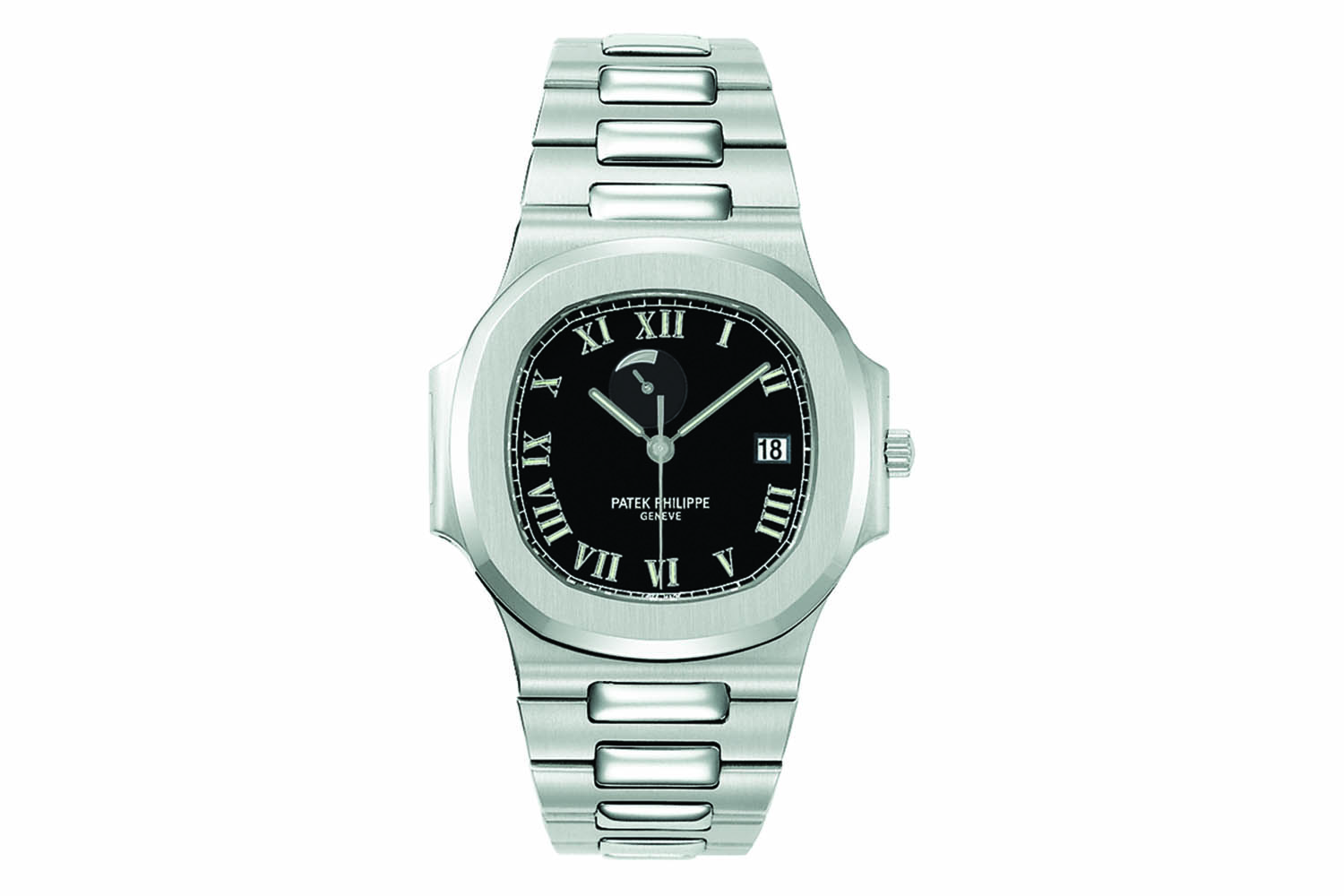

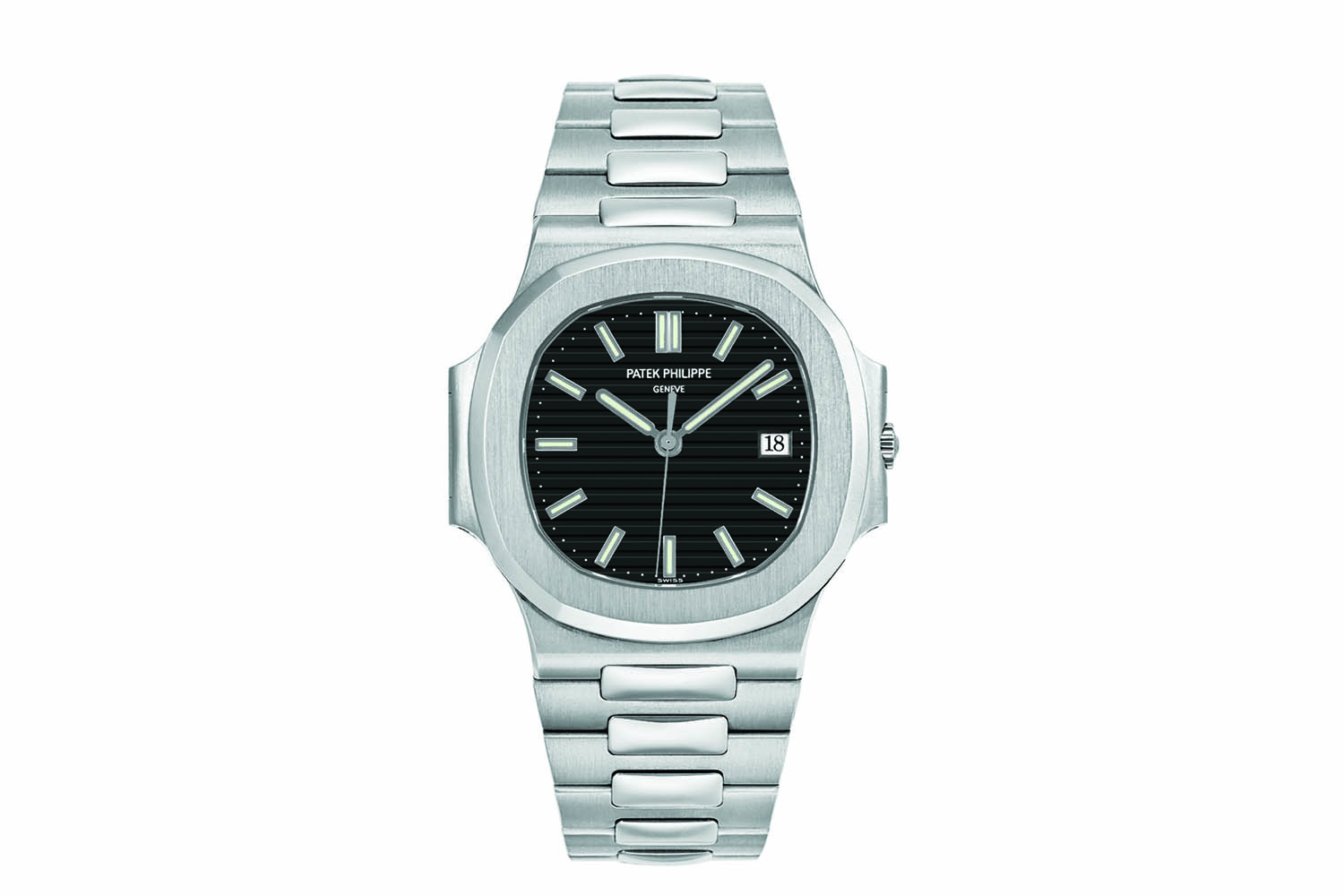
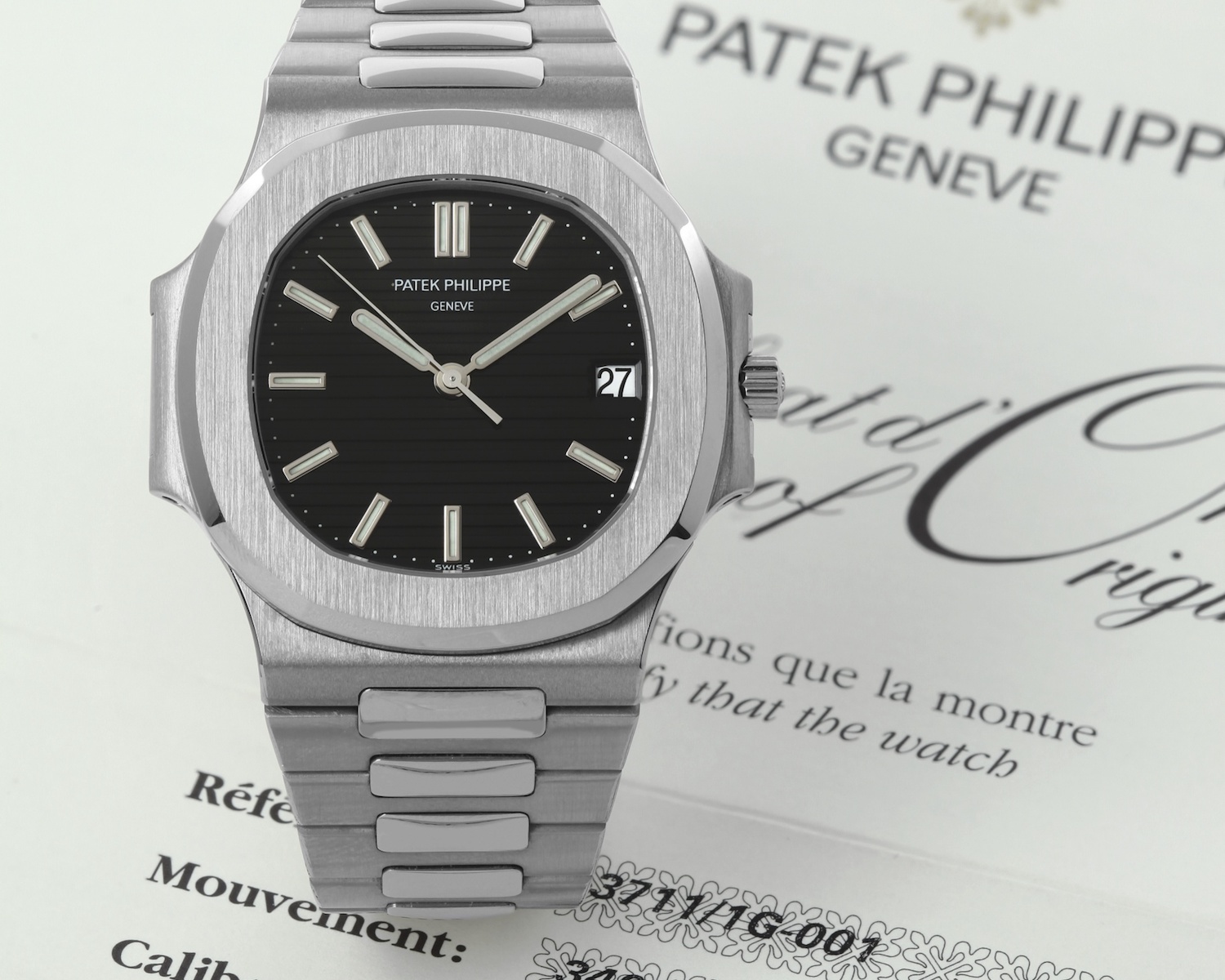
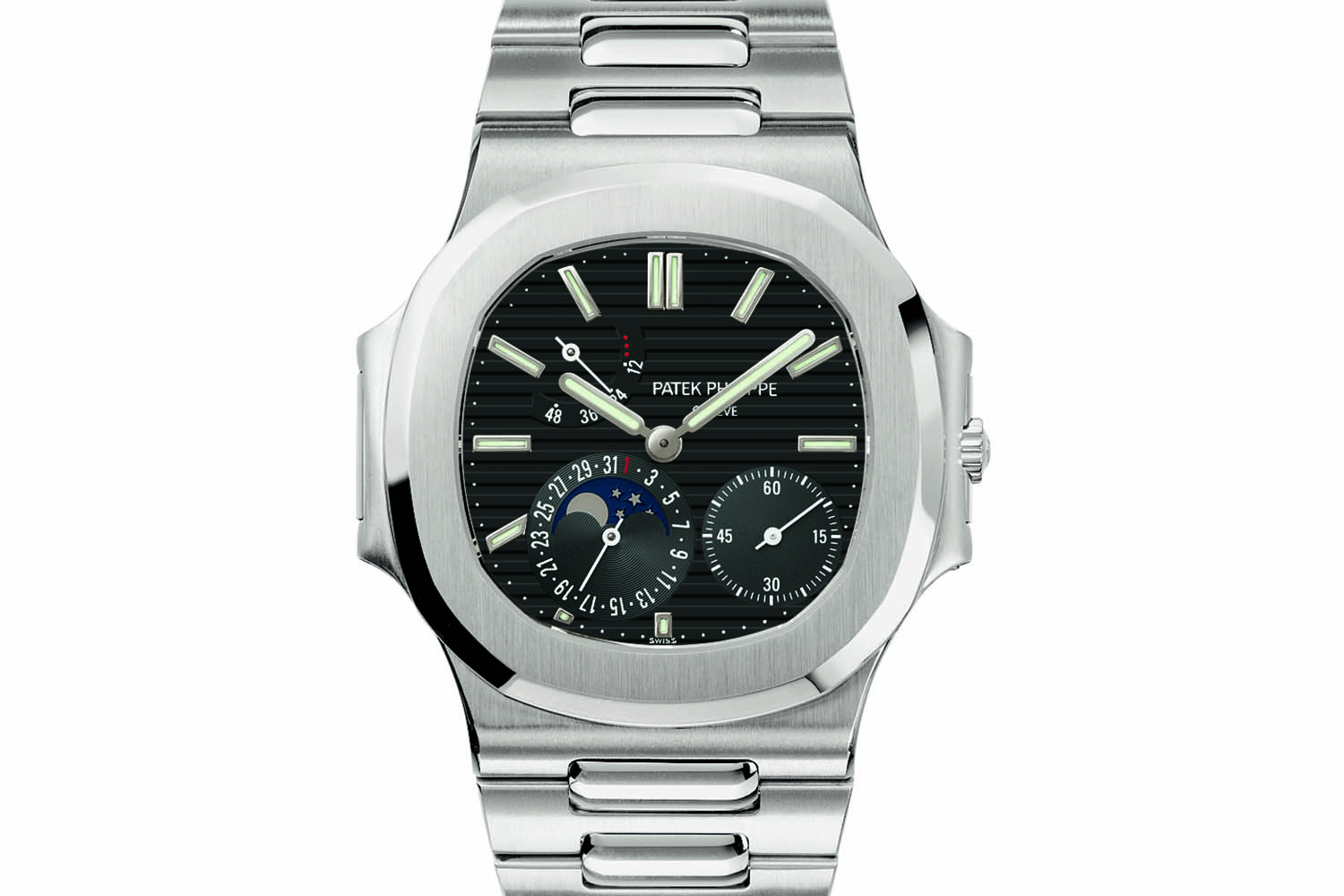
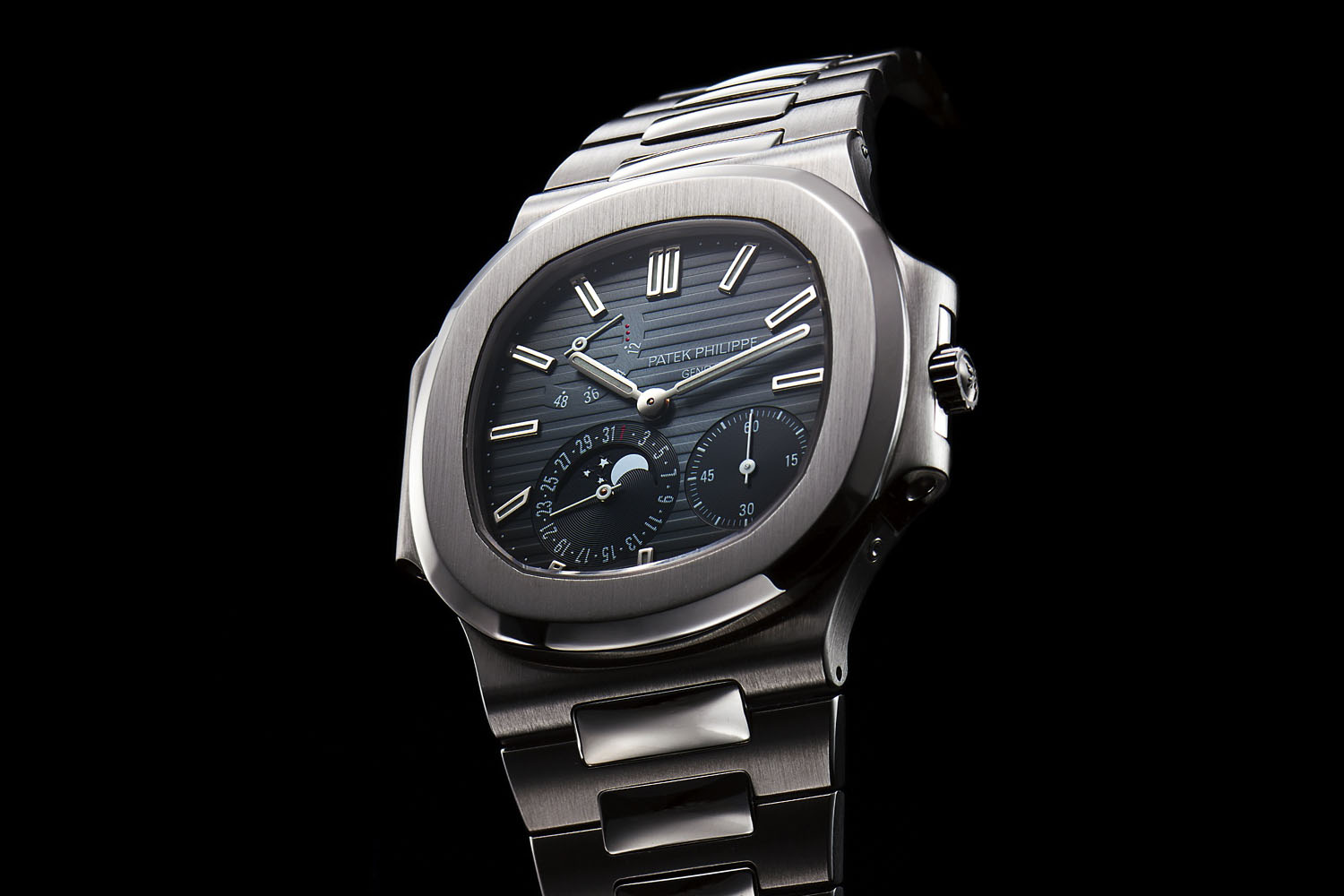



2 responses
Hi Brice,
great article indeed, very educational, a lot of information ! I never known of connections between Nautilus and Acquanaut even if the design is similar; nor I was aware of some transitional models.
Thanks a lot, looking forward to third part !
Regards,
slide68
All Nautilus models are exquisitly crafted timepieces.
I personally feel that this series is best expressed in stainless steel.